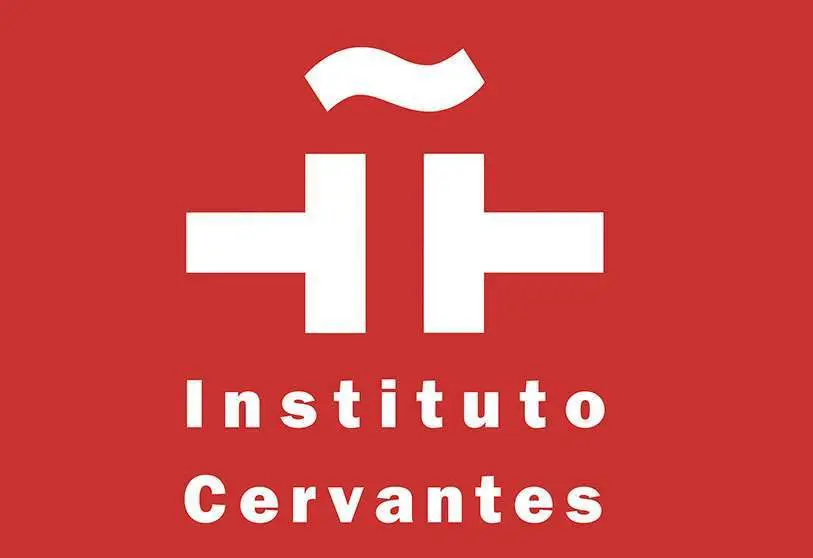Spanish speakers increase by 30% in the last decade, according to the Cervantes Institute

Spanish speakers have increased by 30% in the last decade, and the number of foreigners studying Spanish has grown by 60%, surpassing the 22 million mark for the first time worldwide. These are "very positive" figures revealed in the "2020 Yearbook. Spanish in the world' presented by the Cervantes Institute.
The data is overwhelming: more than 585 million people speak Spanish, five million more than a year ago. Of these, almost 489 million (six million more than in 2019) are native Spanish speakers. Furthermore, Spanish is the second mother tongue by number of speakers after Mandarin Chinese, and the third language in a global count of users after English and Mandarin Chinese.
It is the third most used language on the Internet and the second most used language, after English, in the publication of scientific texts. More than 907,000 foreigners come to study in Spain every year for three main reasons: the cultural offer, the climate and the attractiveness of the country.
According to Spain's Minister of Foreign Affairs, Arancha González Laya, who attended the presentation of the Yearbook, these figures show that "Spaniards are in excellent health".
The Director of the Cervantes Institute said at the presentation of the 2020 Yearbook that "we are working towards a language with a true desire for coexistence, equality and progress, which are the values that our culture defends". Luis García Montero focused on Luis Cernuda's view of Benito Pérez Galdós, the subject of the chapter he has written, in which he reflects on identity and language through these two great writers, as well as the role of language in the identity of individuals and peoples.
The Foreign Minister said that the Spanish language "is one of our greatest assets and one of the pillars of our image in the world". Arancha González Laya added that "culture must be a relevant sector in the post-covid recovery". The Academic Director of the Cervantes Institute, Carmen Pastor, outlined the contents of the new edition of this book for all those interested in Spanish, co-published with Bala Perdida and sponsored by the Iberdrola España Foundation.
The Cervantes Institute has been publishing this reference book on Spanish for 22 years, and its linguistic demo reports help it to set strategies and choose priorities for action in its work to spread our language and culture in Spanish around the world.
The 30% increase in speakers since 2010, when Fernández Vítores' reports began, is due above all to the natural growth of the population in Latin America and the demographic growth of the Hispanic community in the United States, which is twice as much as in the rest of that country. 62 million Americans (18.7 percent of the total population) have Hispanic origins.
As for the huge increase (60%) in the number of students learning Spanish as a foreign language over the past decade, this can be explained by the fact that “students that we did not know existed” have entered the statistics, the author explained, especially in African countries such as Benin and the Ivory Coast. It is even possible that they have increased by 20-25% more, although this cannot be confirmed due to the difficulties of counting in those areas. Of the current 22,329,275 foreign students of Spanish, 37% are American, 28% Brazilian and 24% from the European Union.
The number of Spanish speakers will continue to grow "at a very good rate" over the next five decades, Fernández Vítores explained. From 2068 there will be a slight and gradual decline until the end of the century. By 2100, 6.3% of the world's population will be able to communicate in Spanish.
As for the economic weight of Spanish, speakers have a combined purchasing power of 9% of the world's GDP. It is also the second most important language in the language tourism sector.
Its international presence is on the rise: it is the second most important language in the international arena, the third language in the UN, the fourth in the European Union (benefiting from the departure of the United Kingdom) and the most used in American and Ibero-American integration organisations.
As for science, it is the second language in the publication of scientific texts after English. Faced with the impossible competition with English, the language used in this field, Fernández Vítores recommended "seeing it as an ally and not as an enemy", since many studies in Spanish are only known internationally after being published in English. 72% of scientific production in Spanish is divided into three thematic areas: social sciences, medical sciences and art-humanities.
On the internet, Spanish is the third most used language (by 7.9% of users) and comes second on most digital platforms: Facebook, LinkedIn, Twitter, Wikipedia...
The 2020 Yearbook dedicates the second block to reflection on the role of the Spanish language in one's individual and social identity. It deals with the relationship with various languages with which it coexists in certain territories: Guarani in Paraguay, Chabacano in the Philippines or Judeo-Spanish in Israel, as well as its situation in Equatorial Guinea or the United States and, within Spain, in the bilingual Galicia.
Finally, the Yearbook reviews the situation of Spanish in Germany, Morocco and India, of language tourism in Spain and academic books in Spanish.








